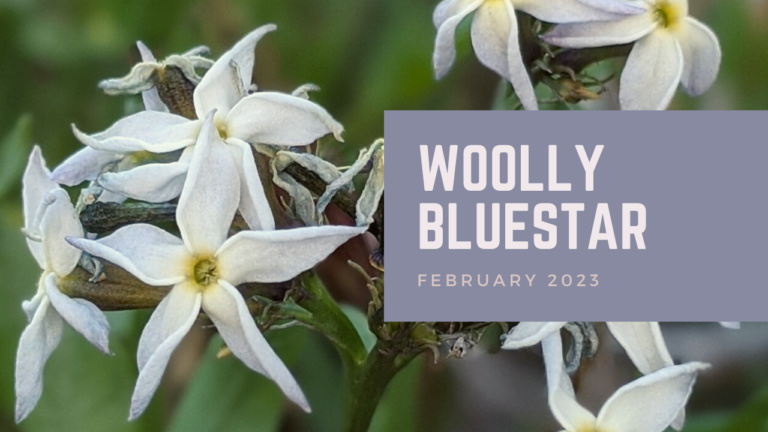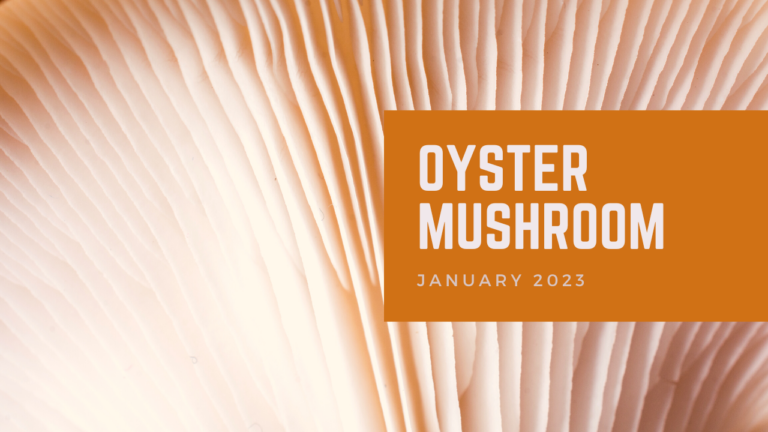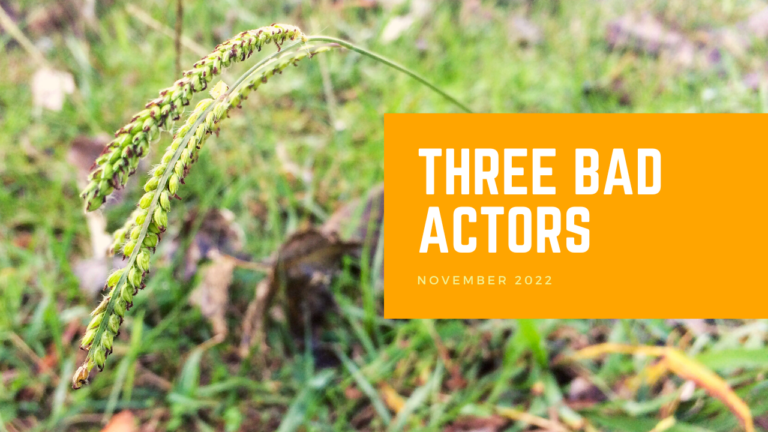Presented by Patty Pennington
April 12, 2021
Botanical name: Scutellaria ovata
Common names: Heart-leaf Skullcap
Family Lamiaceae (Mint)
[MUS—EASY AND FUN]
[PATTY] I chose this plant for plant to the month because it’s one of those little plants that you have in your garden that a lot of the times you don’t even notice it, but then when it starts blooming all of a sudden, it’s your favorite plant, and that is this one for me. It is in the mint family and its common name is Heart-leaf Skullcap, and luckily it really only has one common name. Its USDA symbol is SCOV.
Okay, where does Heart-leaf Skullcap…. Where is it native? So, the small inset map will show you that it is basically found all over the eastern half of the United States, and the larger map will show you, in Texas, it is common to our local area. Unlike some of our native plants that we plant that are from Texas, but not necessarily the Houston area, this one is a Houston area plant.
All right now, a little bit about this plant. The photo here was taken from my garden this morning, so you can get an idea about what it looks like in relation to other plants that you might have in your garden. It is in the mint family, so you can see it’s here next to a Lemon Balm, and the leaf structure is very, very similar. It is a perennial. It will get 1 to 3 feet in height, and I think that three feet is probably counting the flower stalk, because it really doesn’t get very tall.
One of the things I really like about this plant are the leaves. They have short little hairs on the leaves, which gives the leaf itself a very soft feel. They’re one of those plants that you like to touch when you go out in your garden.
The flowers are blue, and they bloom on spikes similar to a Salvia, in appearance. The time it blooms is April through June, and its native habitat is open woodlands, along roads, and on brushy slopes in east and south Texas. It likes moist sand, loam, clay, and limestone, so it can be adaptable to different habitats.
What else does it need? It likes part shade or shade. Mine gets morning sun where I have it, and then the rest of the day it’s shaded by a Willow Oak tree. Moisture is medium. And it spreads by underground fleshy roots. So, if you have one plant, you will get more either by its colonization or by seed. What I found says that the oily glands on the leaves can make it, possibly, dear resistant if that’s of concern to you.
In the winter, it does have evergreen foliage. And it is a nectar source for adult butterflies and attracts hummingbirds. And, like I said, propagation is root division, so you can take apart some of those colonies and pass the plants along. Or you can plant it by seeds, which is what I did recently. Now, if you’re going to plant by seeds, you have to catch the seed pod. These little flowers will turn into a little seed pod that will burst open, and the seeds are teeny tiny. So, if you’re going to plant by seeds keep an eye on your plant and get those seeds before they pop open or you’ll never find them.
So, that is it. That is Heart-leaf Skullcap, a little plant that will make your shady garden really sing in April through June.
[MUS—AND THAT’S IT]
Related Posts

Plant of the Month: Woolly Bluestar
Our Plant of the Month for February 2023 is Amsonia tomentosa, commonly known as Woolly Bluestar, Woolly Amsonia, Small Leaved Amsonia, or Gray Amsonia.

Plant of the Month: Oyster Mushroom
Our plant of the month for January isn’t a plant at all, it’s a fungus!
Botanical name: Pleurotus ostreatus
Common name(s): Oyster Mushroom, Pearl Oyster Mushroom

Spotlight on Invasives: Three Bad Actors
Spotlight on Invasives: Johnsongrass (Sorghum halepense), Southern Crabgrass (Digitaria ciliaris), and Dallisgrass (Paspalum dilatatum)

